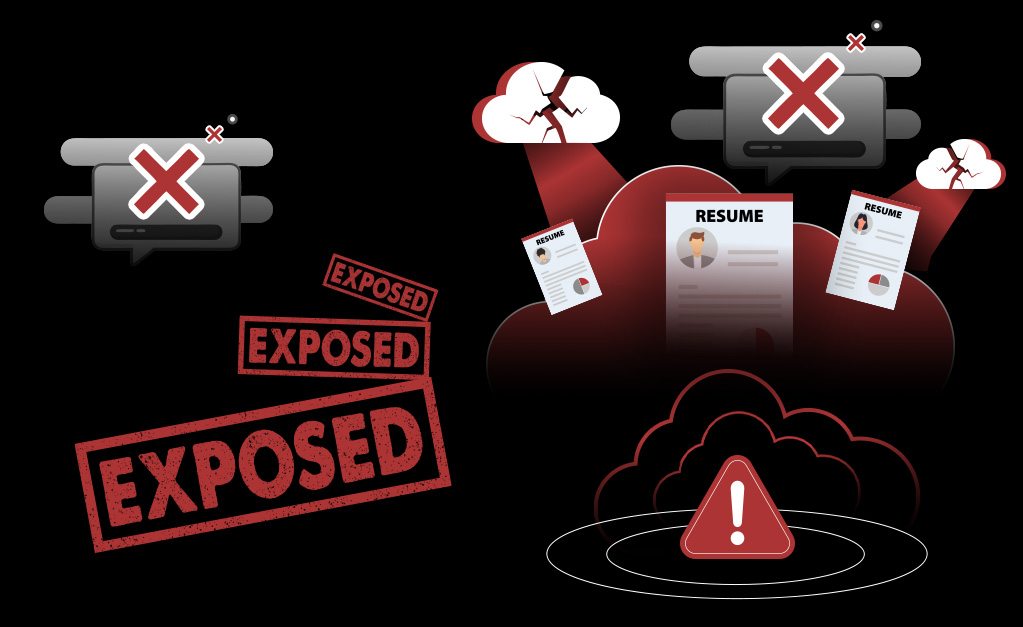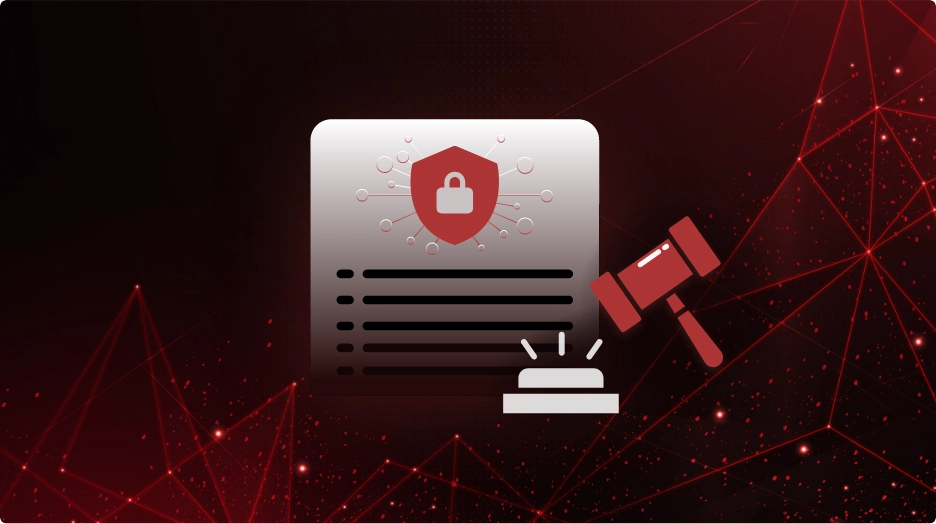26 Million Resumes Exposed – What the TalentHook Breach Teaches Us About Cloud Misconfigurations

When jobseekers upload their resumes online, they expect them to be viewed only by recruiters and employers. But for nearly 26 million people, their resumes became publicly accessible due to a single, preventable cloud security mistake.
In early 2025, researchers uncovered that TalentHook, a cloud-based applicant tracking system, had left a misconfigured Azure Blob storage container exposed. Inside it sat millions of resumes and CVs belonging to U.S. citizens, each packed with highly personal details: names, email addresses, phone numbers, education history, employment records, and in some cases even home addresses.
The consequences go far beyond embarrassment. This kind of detailed personal information is a goldmine for cybercriminals who specialize in phishing campaigns, fraud, impersonation, and identity theft. And because the victims are active jobseekers, attackers can easily tailor scams to appear legitimate.
This breach is not an isolated incident. It’s part of a troubling pattern: misconfigured cloud storage remains one of the most common causes of large-scale data exposure.
What Happened at TalentHook?
The facts are simple but sobering:
- An Azure Blob container was left misconfigured, giving public access to files.
- Nearly 26 million resumes and CVs were exposed.
- The exposed data contained enough detail for criminals to potentially launch targeted attacks, from phishing emails to fraudulent job offers.
- Researchers notified TalentHook in January 2025, but as of later reports, there was no confirmation that the issue had been fully remediated.
The risks extend well beyond spam. Cybercriminal groups such as the Lazarus Group have previously targeted jobseekers by posing as recruiters, delivering malware disguised as job descriptions, or asking victims to complete “trial work” that actually involved executing malicious code. For the individuals caught in such traps, the damage can be life-altering.
Why Misconfigurations Are So Dangerous
Misconfigurations in the cloud are deceptively simple yet immensely risky. Unlike a zero-day exploit, which requires sophisticated discovery, a misconfigured storage bucket or container can be found with basic tools or even by accident. Once discovered, the exposed data can be copied in minutes, leaving no obvious trace.
There are a few key reasons why misconfigurations remain such a persistent threat:
- Complexity of multi-cloud environments: Many organizations run workloads across AWS, Azure, and Google Cloud, each with unique configuration rules. Gaps easily appear.
- Human error: Cloud resources can be provisioned quickly, but default settings are often insecure. A single oversight by a developer or admin can expose sensitive data.
- Configuration drift: Settings change over time as teams update services, introduce new applications, or expand storage. What was secure yesterday may be vulnerable today.
- Limited visibility: Without centralized monitoring, organizations often don’t know they’ve misconfigured something until it’s too late.
Studies have repeatedly found that misconfigurations account for the majority of cloud security breaches. What makes this especially frustrating is that most of these breaches are entirely preventable.
6 Steps to Stronger Cloud Security
The TalentHook incident underscores the urgent need for organizations to treat configuration management as a first-line defense in cloud security. Here are six essential lessons:
- Enforce access controls – Ensure no cloud storage service is publicly accessible unless it absolutely must be. Default to private.
- Encrypt sensitive data – Personal data like resumes should never sit unencrypted, whether at rest or in transit.
- Audit and monitor continuously – Configuration issues can emerge at any time. Regular audits aren’t enough — real-time monitoring is necessary.
- Implement least privilege – Limit who and what can access cloud resources. Over-permissioning is a silent but major risk.
- Automate configuration checks – Manual processes cannot scale across complex multi-cloud infrastructures.
- Educate and train teams – Many misconfigurations happen not from negligence, but from a lack of understanding of security best practices.
By adopting these measures, organizations can reduce their risk of suffering a similar fate. But as this incident shows, prevention requires both process discipline and technology support.
How CheckRed Helps Prevent the Next TalentHook
Preventing cloud misconfigurations and the breaches they cause requires a platform that can see across cloud environments, detect risks in real time, and enable rapid remediation. That’s where CheckRed comes in.
CheckRed helps enterprises close misconfiguration gaps before they become front-page headlines by offering:
- Continuous monitoring across AWS, Azure, GCP, and Akamai Linode.
- Automated configuration audits against leading security frameworks (CIS, NIST, PCI DSS).
- Real-time alerts and remediation guidance so teams can fix vulnerabilities quickly.
- Visibility across all assets so nothing is overlooked, even in sprawling multi-cloud deployments.
And unlike siloed tools that only solve part of the problem, CheckRed delivers comprehensive cloud security coverage through:
- CSPM (Cloud Security Posture Management) – to identify and remediate cloud misconfigurations.
- CIEM (Cloud Infrastructure Entitlement Management) – to eliminate excessive permissions and enforce least privilege.
- CWPP (Cloud Workload Protection Platform) – to protect applications, VMs, containers, and serverless functions running in the cloud.
- CNAPP (Cloud-Native Application Protection Platform) – bringing it all together to secure the entire lifecycle of cloud-native applications.
With CheckRed, organizations gain the visibility, automation, and control they need to prevent misconfigurations like the one that exposed millions of jobseekers’ data.
Closing Takeaway
The TalentHook breach is a stark reminder that not all cyber incidents are caused by sophisticated adversaries. Sometimes, it’s the simplest errors — a single misconfigured container — that can lead to massive data exposure.
Organizations cannot rely on manual processes and periodic audits alone. Cloud security requires continuous vigilance, automated checks, and a unified approach to protecting data and workloads.
With CheckRed, enterprises can move from reactive damage control to proactive defense, ensuring that preventable mistakes never become front-page news.
At the end of the day, it’s not just about protecting systems — it’s about protecting the real people behind the data.


